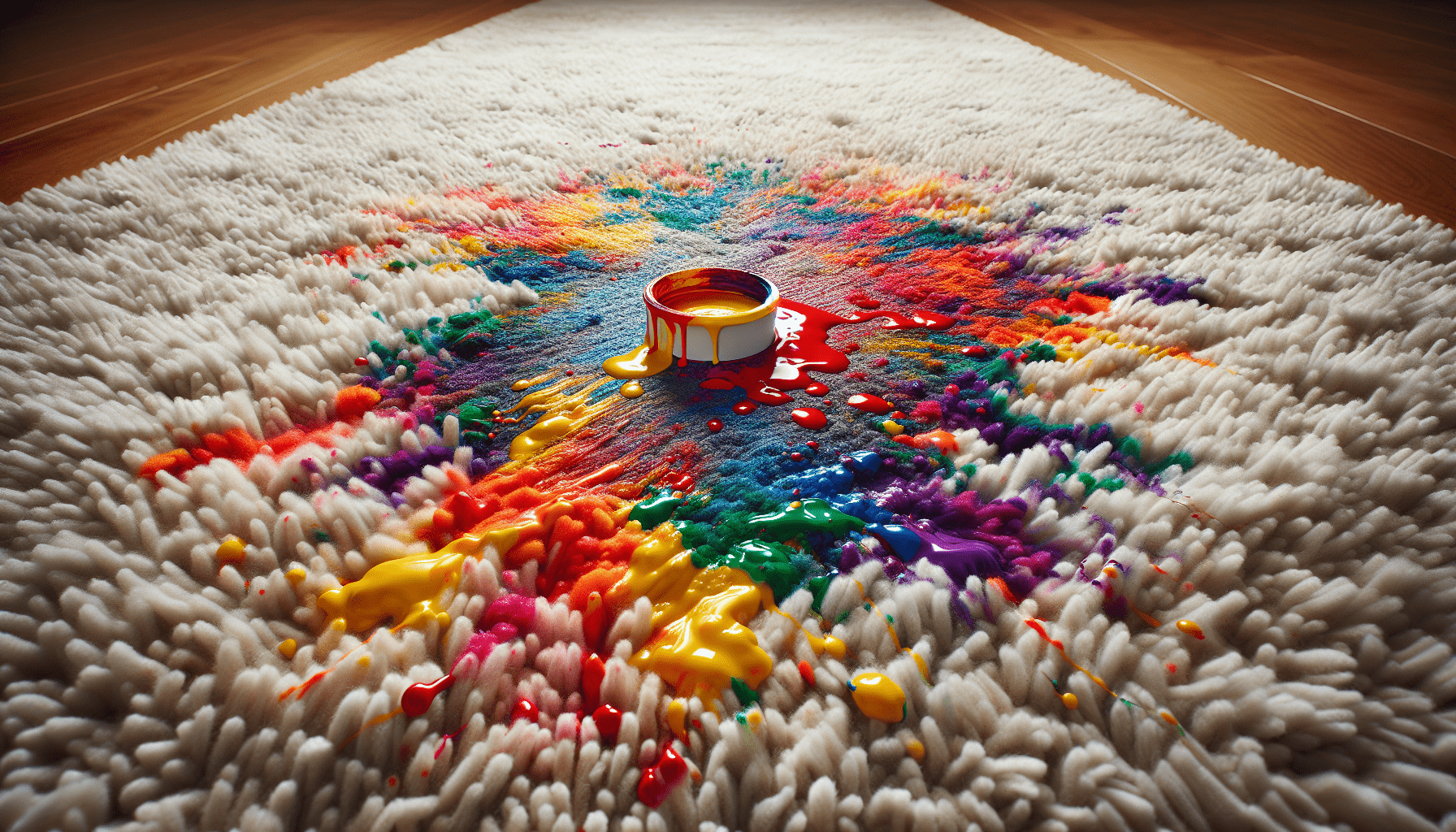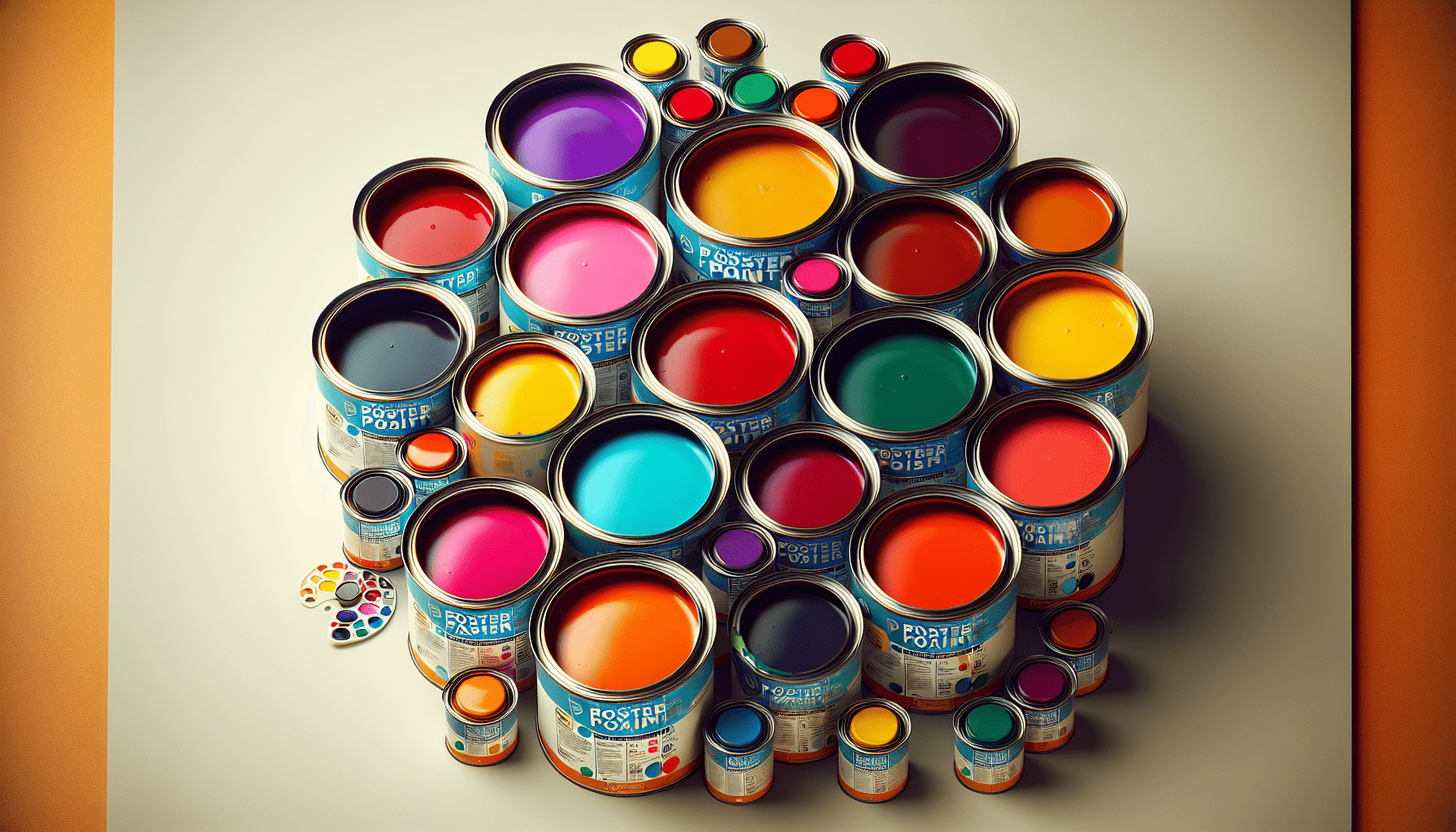Is poster paint good for beginners? This question often arises for those starting their journey into the world of art. Understanding the suitability of various painting mediums is crucial in catering to a fulfilling and educational art experience. Below, we dissect several facets of poster paint to assess if it is indeed a commendable choice for those at the beginning stage of their artistic endeavors.
What is Poster Paint?
Poster paint, otherwise known as tempera paint, is a water-based paint that is typically bright and opaque. It is composed of colored pigment with a binder, often a type of gum or resin. The binding substance helps the pigment adhere to various surfaces. Poster paint is widely recognized for its quick drying time and ease of use, which makes it popular among educational institutions and young artists.
Key Features of Poster Paint
To understand its suitability, it’s important to explore the fundamental characteristics of poster paint:
| Feature | Description |
|---|---|
| Water-based | Easily thinned with water, cleanable with soap and water. |
| Opaque | Provides full coverage, blocking out underlying colors. |
| Bright Colors | Vivid and striking hues which catch the eye. |
| Quick Drying | Dries faster than many other types of paint. |
| Non-toxic | Usually safe for use by children and beginners. |
These features are vital in assessing its practicality for novice artists.
Advantages of Poster Paint for Beginners
When engaging in any new activity, the materials used can significantly impact the learning curve. Poster paint offers several advantages that align with the needs of art novices.
Ease of Use
Poster paint’s user-friendly nature is among its primary benefits. Its water-based formula simplifies the processes of thinning, mixing, and cleaning. This paint is highly responsive to common media, including paper, cardboard, fabric, and wood, thereby expanding the surfaces beginners can experiment with.
Cost-Effective
Affordability is an important consideration for those starting out in the art world. Poster paint is generally cheap compared to other paints like acrylics or oils. This cost-effectiveness allows beginners to practice frequently without worrying about expenses.
Quick Drying Time
The fast drying feature of poster paint can be particularly advantageous for beginners. This characteristic allows for successive layering and reduces the wait time between painting sessions, encouraging more frequent practice.
Non-toxic and Safe
The non-toxic nature of poster paint makes it an excellent choice for children and beginners. Safety is paramount, especially for young artists, and this paint’s formulation often adheres to stringent safety standards.
Versatile Application
Poster paint can be applied using various techniques, from brushing and sponging to stenciling and splattering. This versatility helps beginners explore different methods and discover their personal style without needing multiple types of paint.

Limitations of Poster Paint for Beginners
Despite its many benefits, poster paint does come with certain drawbacks that are worth considering.
Limited Durability
One of the main limitations is its lack of durability. While poster paint offers vibrant colors and quick-drying properties, it is not as long-lasting as other paint types. Artworks created with poster paint may fade over time or be susceptible to damage from moisture.
Lesser Detailed Work
Poster paint has a unique consistency that can be limiting for fine detail work. Its thicker texture might not allow for the precision achievable with other types of paint, such as acrylics or watercolors. Consequently, poster paint might not be ideal if you aim to develop intricate detailing skills.
Flat Finish
The matte finish of poster paint might not appeal to everyone. Unlike acrylics that can range from matte to glossy finishes, poster paint lacks this flexibility, potentially limiting the desired effects in an artwork.
Comparing Poster Paint to Other Paint Types
Understanding how poster paint stands in relation to other paints can help in making an informed decision. Here is a comparison table highlighting the key differences:
| Characteristic | Poster Paint | Acrylic Paint | Watercolor Paint | Oil Paint |
|---|---|---|---|---|
| Base | Water | Polymer Emulsion | Water | Oil |
| Drying Time | Fast | Medium | Fast | Slow |
| Durability | Low | High | Medium | High |
| Finish | Matte | Matte to Glossy | Translucent | Glossy/Matte |
| Detailing Capability | Medium | High | High | High |
| Cost | Low | Medium | Medium | High |
| Safety | Generally Non-toxic | Non-toxic to Toxic | Generally Non-toxic | Often Toxic |
This table outlines the broad distinctions and can aid in evaluating poster paint’s merits and demerits compared to alternative options.

Techniques Suitable for Beginners Using Poster Paint
Poster paint supports various basic techniques that can be instrumental for beginners.
Basic Brush Techniques
With poster paint, you can start practicing basic brush techniques such as:
- Broad Strokes: Effective for covering large areas quickly.
- Detail Work: Despite its limitations, brush control can still be learned.
- Blending: While not as smooth as oily or acrylic counterparts, some basic blending can be achieved.
Stenciling
Stenciling can be an engaging and creative method for beginners. Poster paint’s opacity works well with stencils to create bold and clear designs.
Sponging
Using sponges to apply poster paint can produce unique textures and patterns. The simplicity of this technique allows beginners to experiment freely and achieve interesting effects without the need for advanced skills.
Layering
Although poster paint dries quickly, layering can be practiced to some degree. Beginners can learn how to build up colors and experiment with different overlays to understand the interaction of colors and textures.
Tips for Beginners Using Poster Paint
When starting with poster paint, it is useful to keep a few tips in mind to ensure a smoother learning experience.
Preparation of Materials
Before beginning, gather all your materials, including brushes, water, and paper or canvas. Having a clean and organized workspace can improve your workflow and reduce distractions.
Experimenting with Color Mixing
Experimenting with color mixing is essential for understanding the nature of poster paint. While it may not blend as seamlessly as other paints, mixing poster paint on a palette can reveal new shades and enhance creativity.
Understanding Water Usage
As poster paint is water-based, the amount of water used can significantly impact the results. Understanding how to control water usage can help in achieving desired consistencies and effects.
Practicing Control and Pressure
Learning how to manage brush control and pressure is key. Differing pressures can change the thickness of the paint application, providing variation and texture to your artwork.
Embracing Mistakes
As with any learning process, mistakes will occur. Embracing these errors as learning opportunities can significantly improve your skill set and confidence.
Poster Paint in Educational Settings
Poster paint is a popular choice in educational settings due to its practical benefits and safety features. Here are some ways it is effectively integrated into educational programs:
Art Classes and Workshops
Poster paint is often used in schools for art classes and workshops. Its affordability and ease of use make it accessible for large groups of students.
Skill Development
Young learners can develop foundational skills such as color recognition, brush control, and basic painting techniques using poster paint.
Encouraging Creativity
The vibrant and easy-to-use nature of poster paint fosters an environment where students can explore their creativity without the worry of safety hazards or cost constraints.
Environmental Considerations
In a world increasingly aware of environmental impacts, it’s important to consider the ecological footprint of art supplies, including poster paint.
Non-toxic Formulations
Most poster paints are non-toxic, minimizing health risks and environmental damage. Always check labels to ensure that the paint meets safety standards.
Eco-friendly Options
Some brands offer eco-friendly poster paints made from sustainable materials. Opting for such products can contribute positively to environmental conservation efforts.
Conclusion: Is Poster Paint Good For Beginners?
So, is poster paint good for beginners? Considering its user-friendly characteristics, affordability, safety, and versatility, poster paint stands out as an excellent choice for those new to the painting world. While it has some limitations regarding durability and finer details, the multitude of benefits it offers makes it an ideal starting point.
Whether for young children, students, or adults beginning their artistic journey, poster paint provides a gateway to exploring the fundamentals of painting without overwhelming the novice artist. When the time comes to transition to more sophisticated mediums, the skills developed with poster paint will serve as a solid foundation.
In conclusion, poster paint is not just good for beginners; it can be a pivotal first step in an enriching art journey, fostering creativity and developing foundational skills essential for artistic growth.



